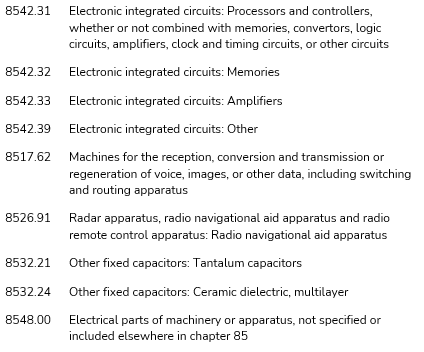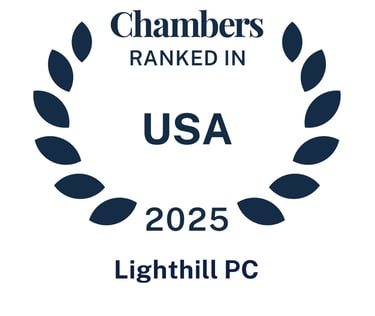BIS Update: Export Diversion to Russia
Guidance for industry and academia on best practices to prevent export diversion


While aid to Ukraine remains in political flux, the private sector should continue implementing effective export controls compliance strategies, heeding recent industry guidance issued by the U.S. Department of Commerce, Bureau of Industry and Security (BIS). Doing so will limit the risk of export diversion to Russia.
In coordination with the Export Enforcement Five (E5), on September 26, 2023, BIS issued a “first of its kind” quint-seal advisory for industry and academia. Co-authored with the governments of Australia, Canada, New Zealand, and the United Kingdom, this latest effort recognizes the need for enhanced international coordination with industry to minimize the risk of export diversion.
This guidance highlights certain high-priority controlled items recognized for their use in Russian weapons systems, emphasizes making end-user / use inquiries, and provides Sample Certification to Prevent Diversion to Russia of Highest Priority Items.
Highest Priority Items and End-User/Use Due Diligence
The E5 in tandem with the European Union and Japan have identified forty-five Harmonized System (HS) codes for controlled items carrying increased risk of diversion, and therefore warranting additional scrutiny. These items are broken up into four tiers.
Of the forty-five, BIS selected nine HS codes (i.e., “Highest Priority Items”) falling within tiers 1 and 2 as being the “most significant to Russian weaponry requirements” such as microelectronics and items related to wireless communication. Transactions concerning these Highest Priority Items with parties in non-Global Export Controls Coalition (GECC) countries[1] should be subject to enhanced due diligence requirements to reduce the risk of diversion. To that end, BIS suggests that industry seek assurances of compliance with U.S. trade controls in writing, including through recommended end-user certification statements.
Highest Priority Items


Employing a Risk Based Approach to Compliance
BIS identified several patterns that could alert the industry to potential export diversion. These patterns primarily involve transactions with parties in non-GECC countries who, before February 24, 2022, either did not exist, had not received any tier 1 or tier 2 item exports, or had significantly fewer tier 1 and tier 2 item exports. Other red flags include customers' refusal or inability to provide end-user / use details, ultimate consignees outside the industry, significant overpayment for the commodity, multiple small payments to various suppliers, and customer name or address similarities to those on a proscribed party or sanctions list of any of the E5.
[1] GECC countries includes Iceland, Liechtenstein, Norway, Switzerland, Australia, Canada, the 27 member states of the European Union, Japan, the Republic of Korea, Taiwan, New Zealand, the United Kingdom, and the United States.




